Home>Home Appliances>Home Automation Appliances>Why Is Alexa Slow To Respond


Home Automation Appliances
Why Is Alexa Slow To Respond
Published: January 2, 2024
Discover the reasons why your home automation appliances are causing Alexa to respond slowly and learn how to fix the issue for improved performance. Explore effective solutions now!
(Many of the links in this article redirect to a specific reviewed product. Your purchase of these products through affiliate links helps to generate commission for Storables.com, at no extra cost. Learn more)
Introduction
As the demand for smart home devices continues to surge, virtual assistants like Amazon’s Alexa have become integral parts of modern households. Alexa, with its ability to control smart home devices, answer questions, and perform various tasks, has revolutionized the way we interact with technology. However, despite its numerous benefits, users may encounter instances where Alexa’s response time is less than optimal. This delay in responsiveness can be frustrating and may lead to a less-than-ideal user experience.
In this article, we will delve into the factors that contribute to Alexa’s slow response time, explore the underlying reasons behind this issue, and provide practical solutions to enhance Alexa’s performance. By understanding the intricacies of Alexa’s response time and implementing the recommended strategies, users can optimize their interactions with this virtual assistant, ensuring a seamless and efficient smart home experience.
Key Takeaways:
- Alexa’s response time can be slow due to factors like network connectivity, device performance, and task complexity. Optimizing Wi-Fi, upgrading devices, and simplifying tasks can enhance Alexa’s speed and efficiency.
- Understanding and addressing factors like network stability, device capabilities, and task complexity can significantly improve Alexa’s response time, ensuring a seamless and satisfying smart home experience.
Read more: Why Does My Alexa Not Respond
Understanding Alexa’s Response Time
When interacting with Alexa, users expect prompt and accurate responses to their commands and inquiries. However, the response time of Alexa, or any virtual assistant, is influenced by a multitude of factors that can impact its performance. Alexa’s response time refers to the duration it takes for the device to process a command or question and deliver a corresponding action or answer. This response time is crucial in determining the overall user experience, as delays can lead to frustration and hinder the seamless integration of smart home technology into daily routines.
The responsiveness of Alexa is contingent on various components, including the device’s hardware capabilities, network connectivity, and the complexity of the requested task. Additionally, the efficiency of the cloud-based systems that support Alexa’s functionalities plays a significant role in determining its response time. Understanding these underlying elements is essential for comprehending the nuances of Alexa’s performance and identifying potential areas for improvement.
Moreover, the intricacies of natural language processing and voice recognition algorithms contribute to the time required for Alexa to interpret and execute commands. The device must accurately decipher spoken language, analyze the context of the request, and generate an appropriate response, all within a matter of seconds. This intricate process underscores the technological sophistication required to deliver a seamless user experience.
By gaining insight into the complexities of Alexa’s response time, users can appreciate the intricate mechanisms at play and develop realistic expectations regarding the speed and efficiency of the virtual assistant. Furthermore, this understanding serves as a foundation for exploring the factors that influence Alexa’s response time and devising effective strategies to optimize its performance.
Factors Affecting Alexa’s Response Time
Several key factors contribute to the response time of Amazon’s Alexa, influencing its ability to swiftly and accurately fulfill user commands and queries. Understanding these factors is crucial for identifying potential areas of improvement and implementing measures to enhance Alexa’s responsiveness. The following elements play significant roles in shaping Alexa’s response time:
- Network Connectivity: The stability and speed of the Wi-Fi network to which Alexa is connected directly impact its response time. A weak or congested network can lead to delays in processing commands and retrieving information from the cloud, affecting the overall user experience.
- Device Performance: The hardware capabilities of the Alexa-enabled device, such as the processor speed, memory, and overall system performance, contribute to its responsiveness. Older or underpowered devices may exhibit slower response times compared to newer, more advanced models.
- Cloud Service Performance: Alexa leverages cloud-based services to process commands, access information, and execute tasks. The efficiency and reliability of these cloud services directly impact Alexa’s ability to deliver timely and accurate responses.
- Natural Language Processing: The complexity of natural language processing algorithms and the device’s ability to accurately interpret and understand user commands influence the time required to formulate appropriate responses. Advanced language processing capabilities can expedite Alexa’s response time.
- Task Complexity: The nature of the requested task or query can impact Alexa’s response time. Complex tasks that require extensive data processing or access to external services may take longer to complete, leading to perceptible delays in Alexa’s responsiveness.
By recognizing these influential factors, users can gain a comprehensive understanding of the dynamics that shape Alexa’s response time. Addressing these elements through targeted optimizations and adjustments can significantly enhance the virtual assistant’s performance, ensuring swift and efficient interactions that align with user expectations.
Make sure your Alexa device is connected to a strong and stable Wi-Fi network. Weak or unstable connections can cause delays in Alexa’s response time.
Solutions to Improve Alexa’s Response Time
Enhancing Alexa’s response time involves implementing practical solutions that address the underlying factors influencing its performance. By proactively addressing these elements, users can optimize their interactions with Alexa, ensuring prompt and efficient responses to commands and inquiries. The following strategies offer actionable approaches to improve Alexa’s response time:
- Network Optimization: Ensure that Alexa is connected to a stable and high-speed Wi-Fi network. Minimize network congestion and interference by positioning the router strategically and utilizing Wi-Fi extenders if necessary. A robust network connection is fundamental to expediting Alexa’s response time.
- Device Upgrade: Consider upgrading to a newer Alexa-enabled device with enhanced hardware capabilities. Newer models often feature improved processors, expanded memory, and optimized system performance, resulting in faster response times and overall efficiency.
- Cloud Service Monitoring: Stay informed about the performance of the cloud services supporting Alexa. Amazon periodically updates and optimizes these services, contributing to improved responsiveness. Keeping devices and associated services up to date can positively impact Alexa’s performance.
- Language Processing Enhancements: Leverage software updates and advancements in natural language processing to enhance Alexa’s ability to swiftly interpret and respond to user commands. Amazon continually refines Alexa’s language processing capabilities, and staying current with updates can lead to noticeable improvements in response time.
- Task Streamlining: When possible, simplify complex tasks or queries to streamline Alexa’s processing requirements. Breaking down intricate commands into simpler, more direct requests can expedite the virtual assistant’s response time, resulting in a more seamless user experience.
By implementing these solutions, users can actively contribute to optimizing Alexa’s response time, fostering a more efficient and satisfying interaction with the virtual assistant. Regularly assessing and adjusting these elements ensures that Alexa remains responsive and aligned with user expectations, ultimately enhancing the overall smart home experience.
Conclusion
Amazon’s Alexa has redefined the way we interact with technology, offering unparalleled convenience and control within the realm of smart home automation. However, the responsiveness of Alexa, as with any virtual assistant, is a critical aspect that significantly impacts user satisfaction and the overall utility of the device. By understanding the intricacies of Alexa’s response time and the factors that influence it, users can take proactive steps to optimize the virtual assistant’s performance, ensuring swift and efficient interactions.
Throughout this article, we have explored the multifaceted nature of Alexa’s response time, delving into the complexities of network connectivity, device performance, cloud services, natural language processing, and task complexity. These factors collectively shape the speed and efficiency of Alexa’s responses, shedding light on the considerations that underpin its performance.
Moreover, we have provided actionable solutions to improve Alexa’s response time, emphasizing the importance of network optimization, device upgrades, cloud service monitoring, language processing enhancements, and task streamlining. By implementing these strategies, users can actively contribute to enhancing Alexa’s responsiveness, fostering a more seamless and gratifying user experience.
As smart home technology continues to evolve, Alexa remains at the forefront of innovation, offering unparalleled functionality and versatility. By prioritizing the optimization of Alexa’s response time, users can unlock the full potential of this virtual assistant, seamlessly integrating it into their daily routines and reaping the benefits of a truly connected and responsive smart home environment.
In conclusion, a nuanced understanding of Alexa’s response time, coupled with proactive measures to address influencing factors, empowers users to harness the full capabilities of this transformative technology, ensuring that Alexa remains a reliable and efficient companion in the modern smart home landscape.
Frequently Asked Questions about Why Is Alexa Slow To Respond
Was this page helpful?
At Storables.com, we guarantee accurate and reliable information. Our content, validated by Expert Board Contributors, is crafted following stringent Editorial Policies. We're committed to providing you with well-researched, expert-backed insights for all your informational needs.
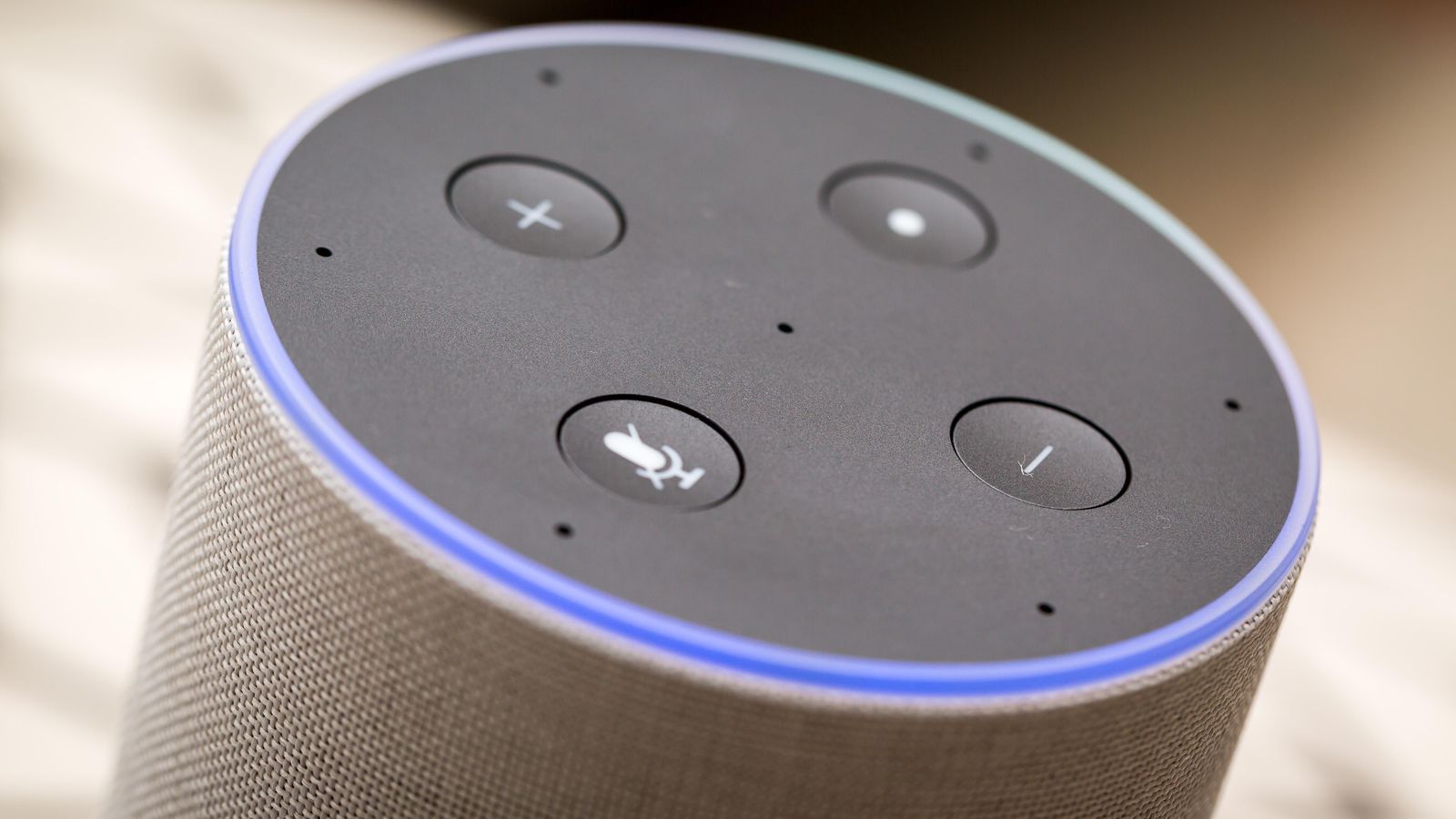

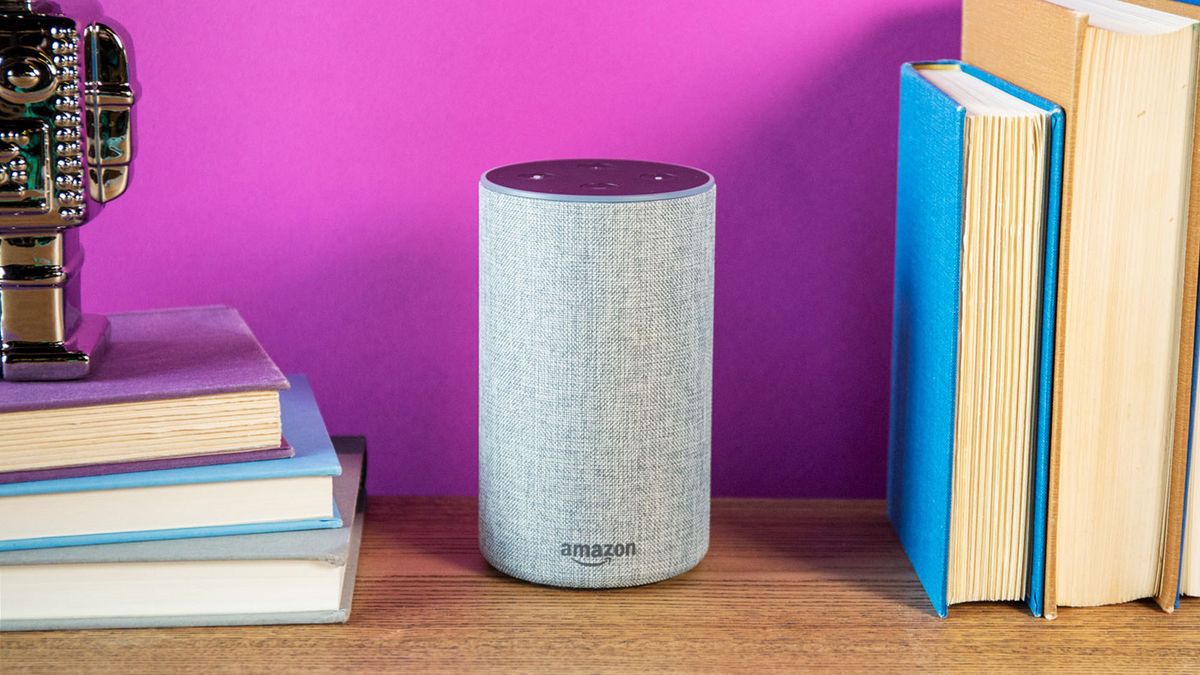




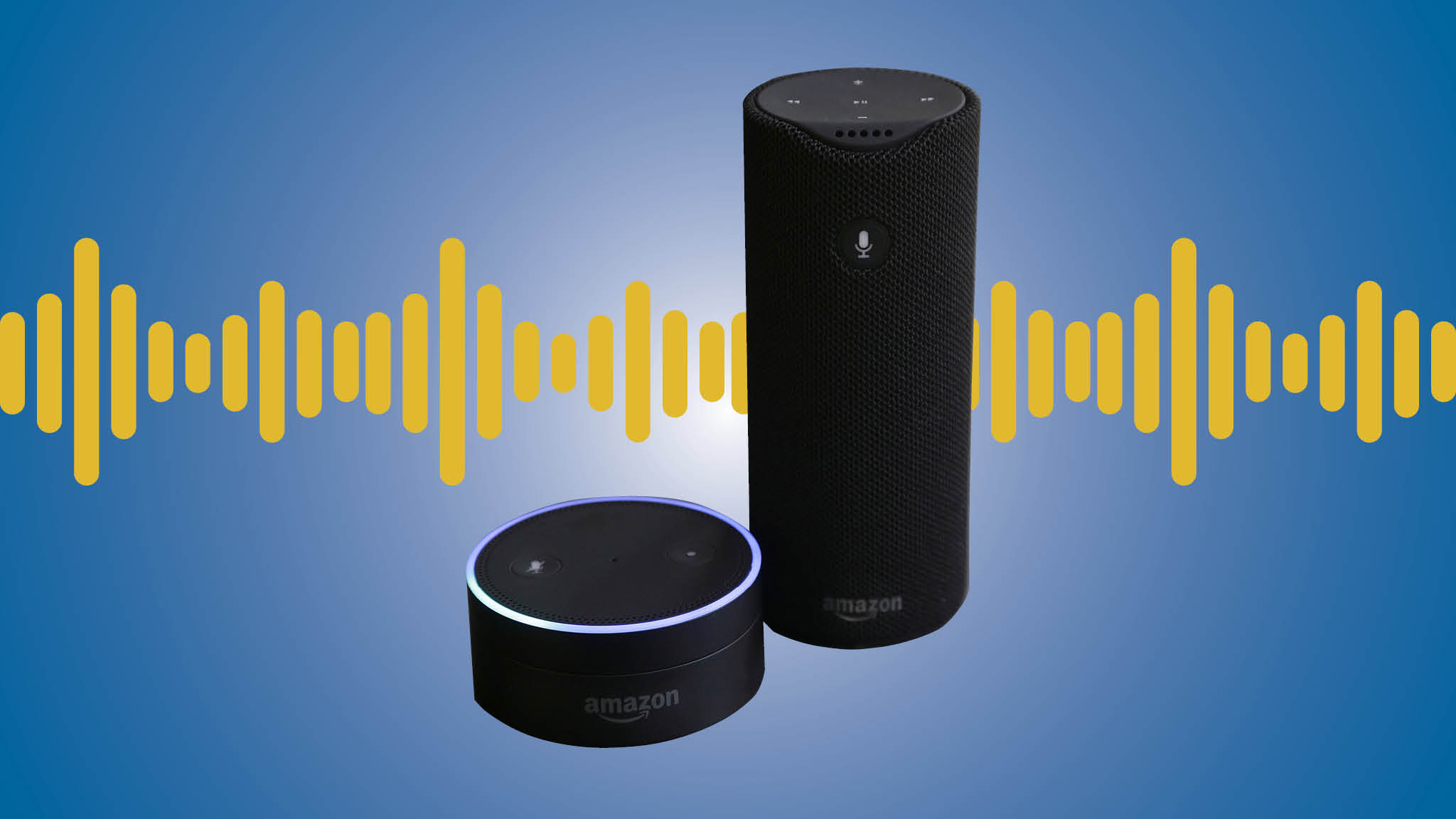
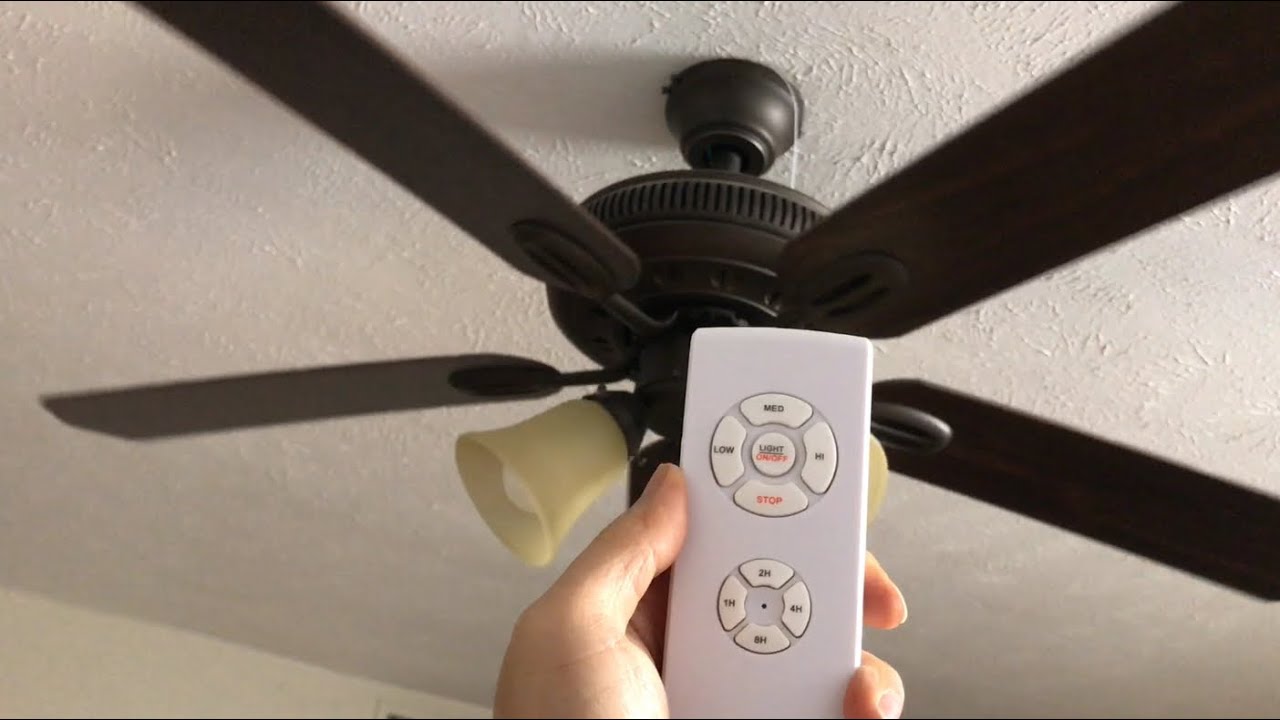


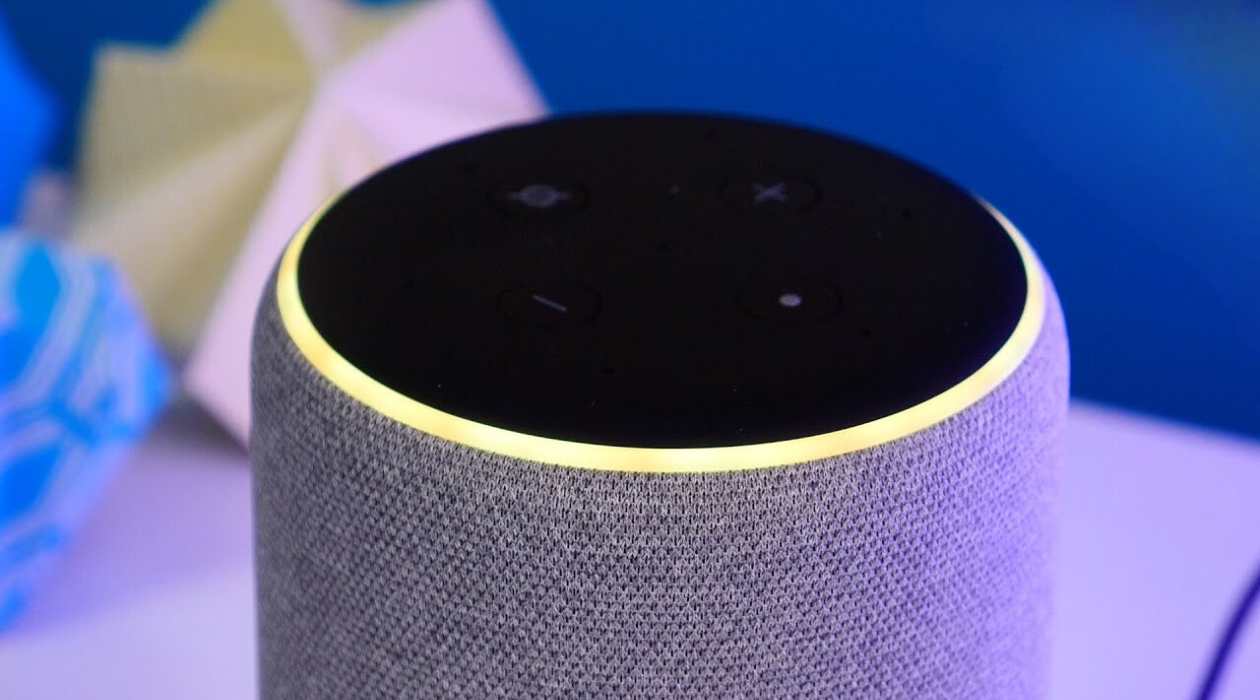
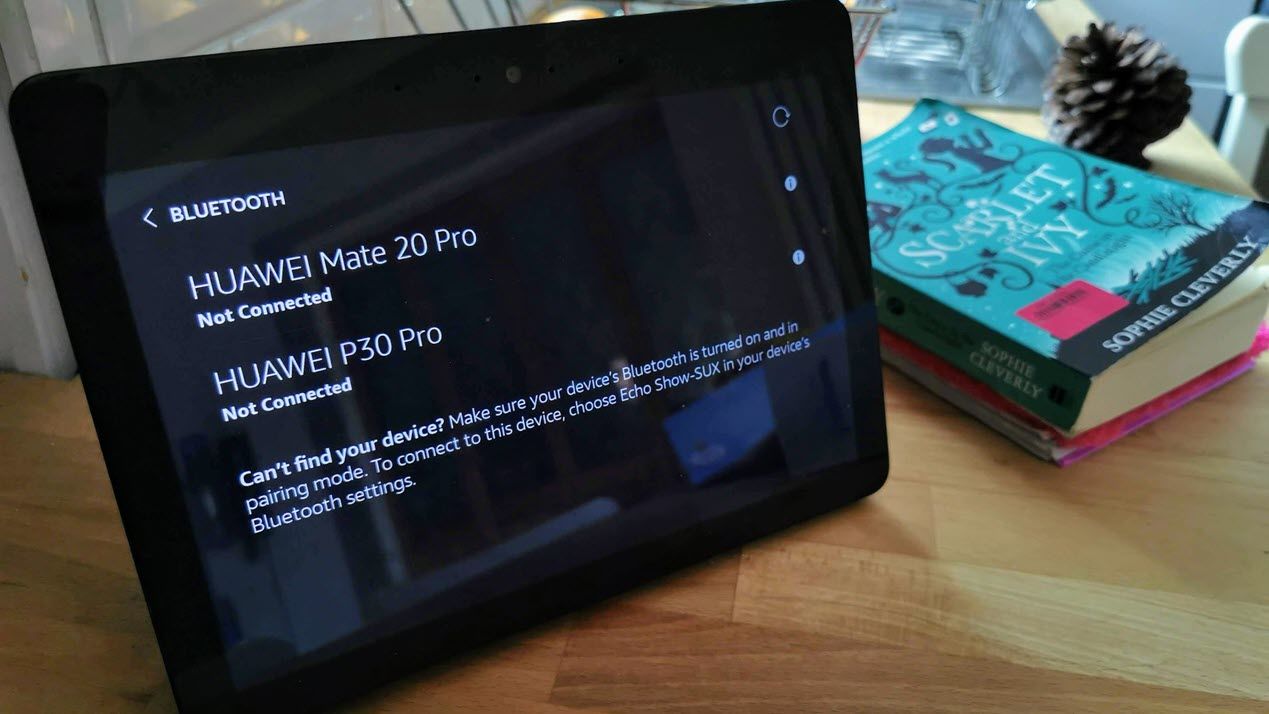



0 thoughts on “Why Is Alexa Slow To Respond”